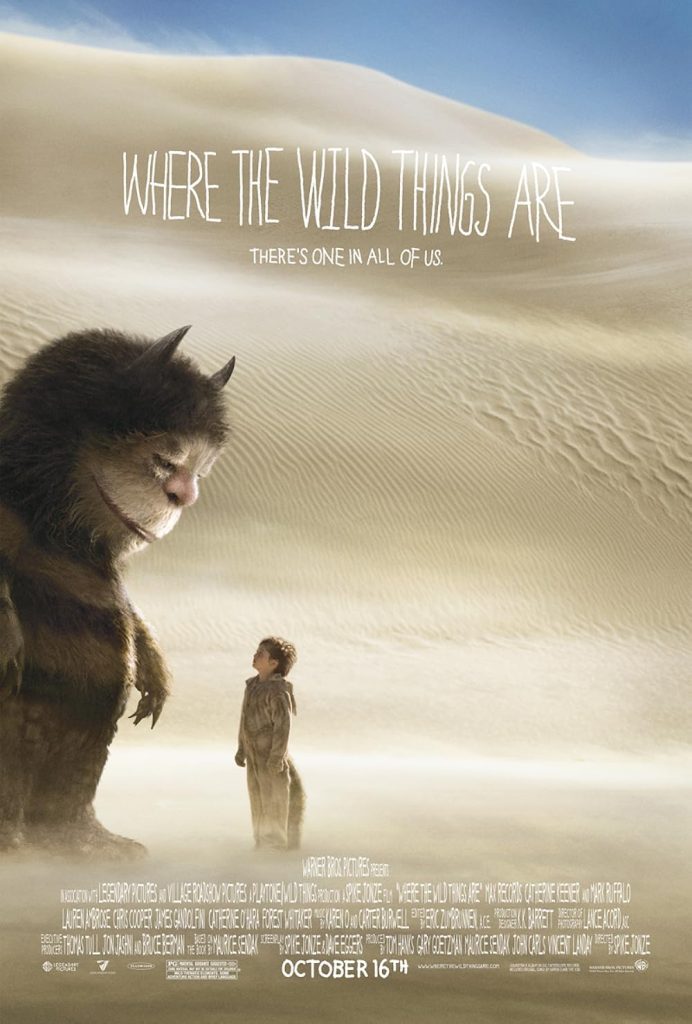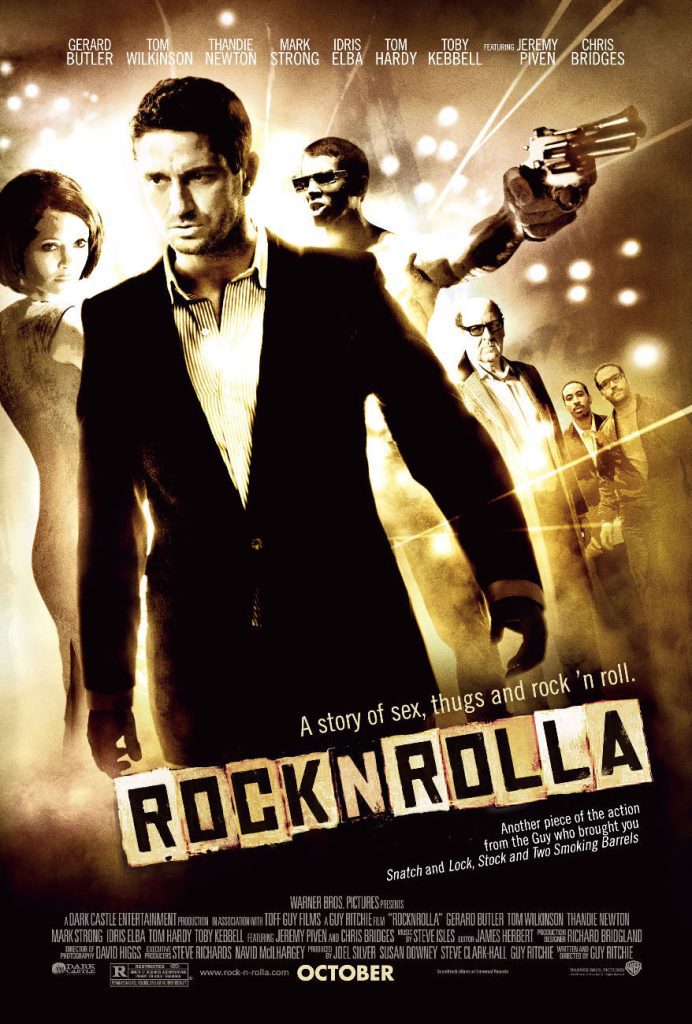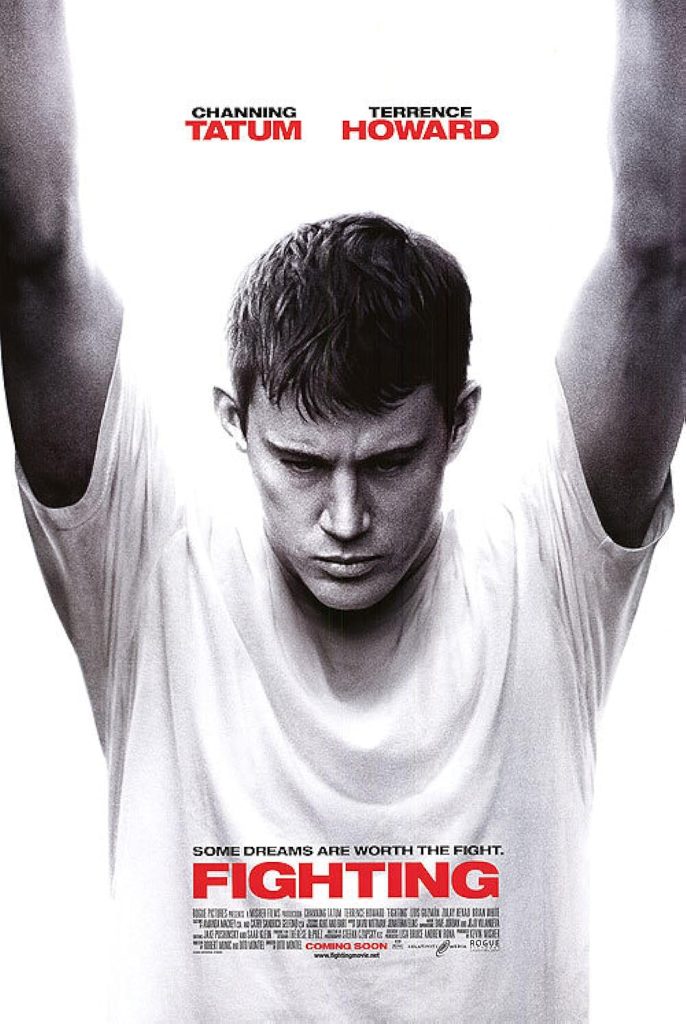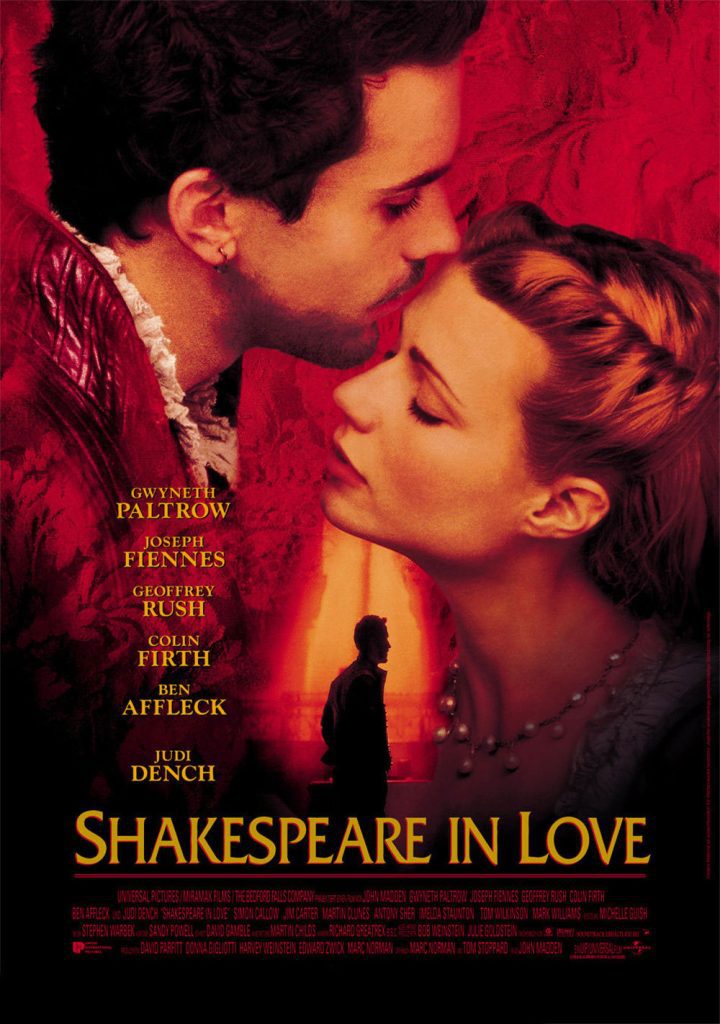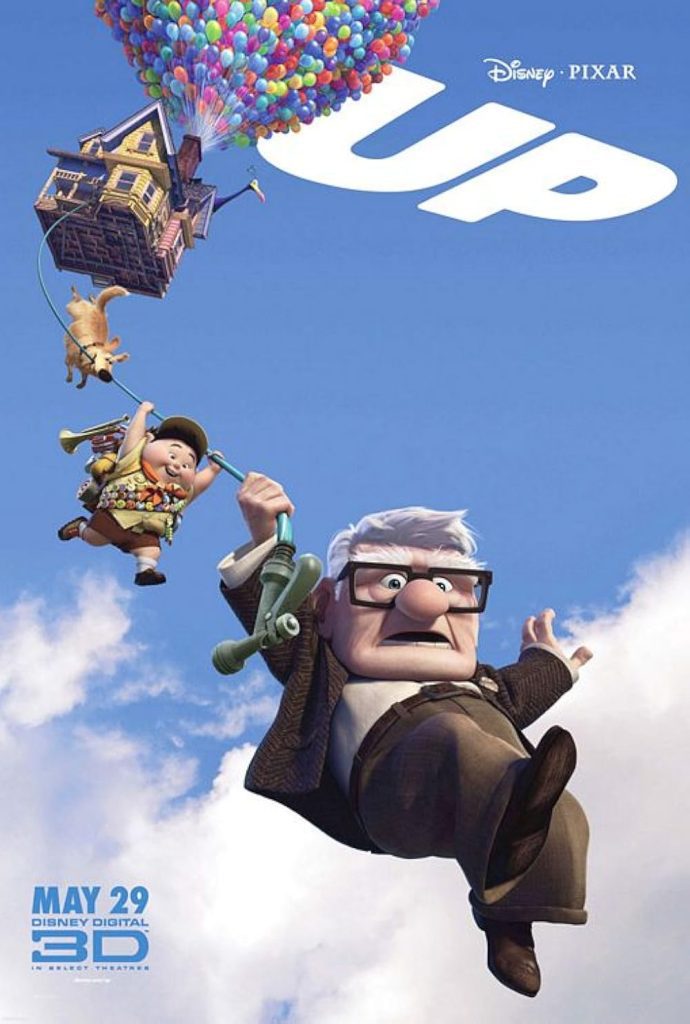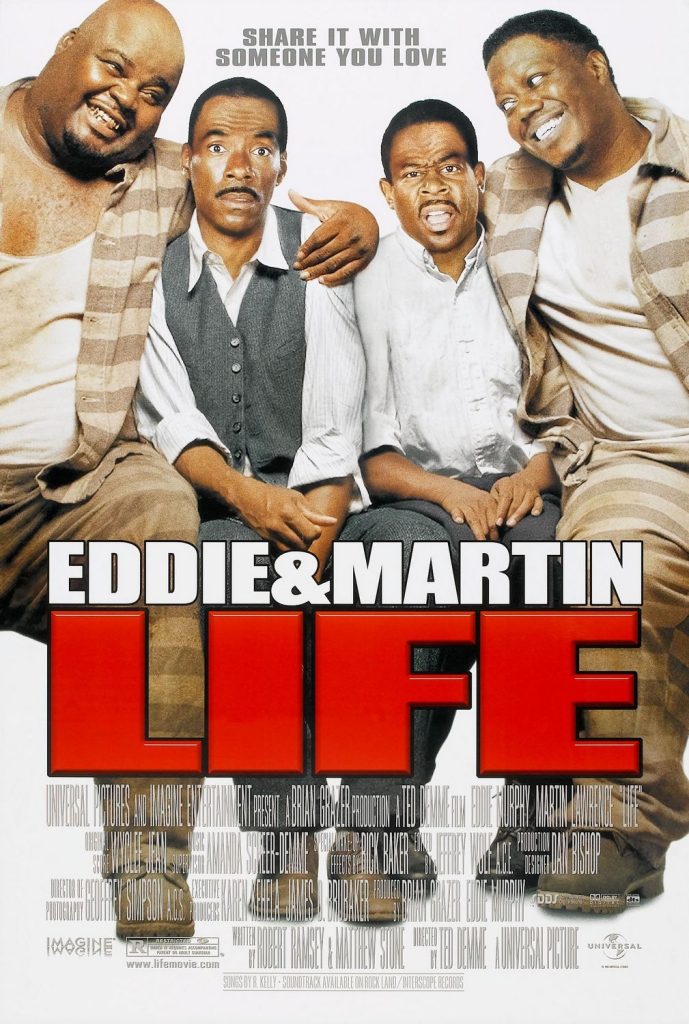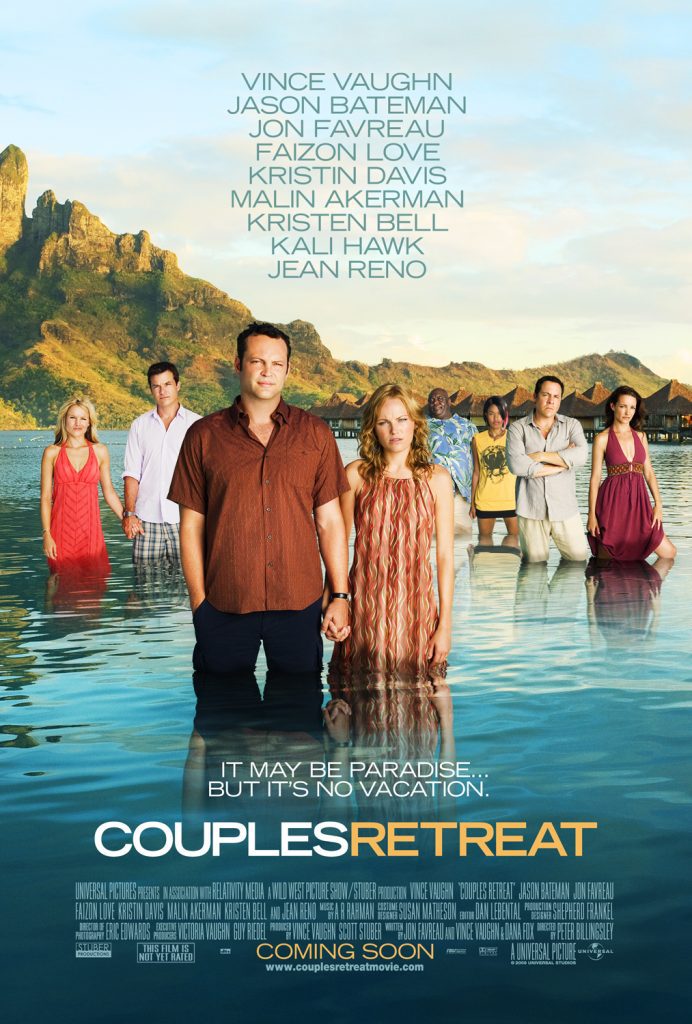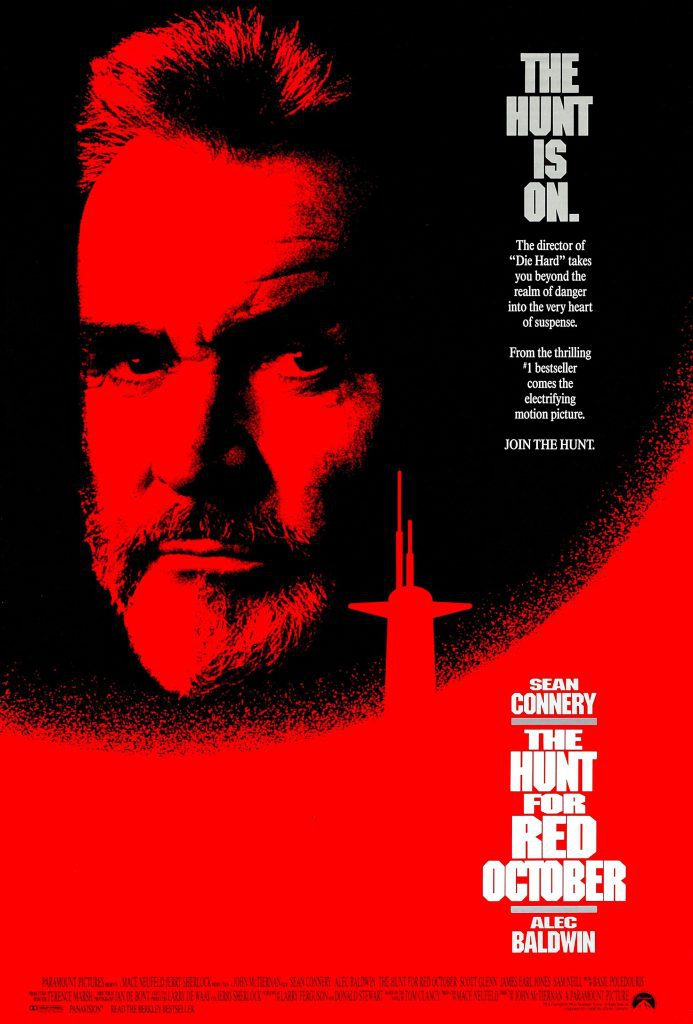
Alfie (Jude Law, Sky Captain and the World of Tomorrow) likes women, and women like Alfie. It’s both his blessing and his curse; it allows him to fill his life with his primary passion—the pursuit of a new woman each time he tires of the current one—but also leaves him empty inside (waaah!). Things grow complicated for Alfie when he’s kicked to the curb by his most “dependable” girlfriend, a single mom named Julie (Marisa Tomei, In the Bedroom), and finds himself in pregnancy trouble with his best friend’s girlfriend (Nia Long, Love Jones). It’s when he meets a wealthy older socialite (Susan Sarandon, Shall We Dance) that Alfie may have met his match.
There’s something about Alfie that reminds me of one of those male characters that British author Nick Hornby writes about: self-absorbed, immature, deeply flawed, and driven by his obsessions. High Fidelity‘s Rob uses music and pop culture to fill the void left by self-sabotaged relationships; in Fever Pitch, it’s soccer (baseball in the new Jimmy Fallon/Drew Barrymore version); About a Boy‘s Will is obsessed with, well, Will. Alfie’s obsession is women—or, more specifically, how women are able to make him feel about himself. The difference between Alfie and a Hornby hero is that Hornby’s men are in conflict—they want to make love work, as long as it can be balanced out with their obsessions. Alfie, on the other hand, is near-soulless; love needs only work for as long as it takes to get a woman in bed.
There may be no better casting for a modern-day Alfie than Jude Law, who here gives his best performance since 1999’s The Talented Mr. Ripley. Aside from being his usual handsome and charming self (few of Law’s recent roles have actually allowed the actor to put his considerable charm to use—think Cold Mountain), Law adds a layer of darkness to the character. He is, after all, an insecure and ultimately angry (where else could his world-and-gender-view come from, if not anger?) young man, and Law isn’t above letting those qualities quietly seep through his smartly-dressed veneer.
It’s unfortunate, then, that the screenplay would rather keep telling us that Alfie is some sort of melancholy character—that he’s to be pitied and not despised. Law has found a truth beneath the surface provided to him, and accordingly adds dimensions to the character not present in the script—he’s literally the whole show, and rises to the challenge with cad-like tread. He also joins Matthew Broderick and John Cusack on a short list of actors who manage to comfortably pull off speaking directly to the camera; his constant confessionals, while a bit too on-the-nose (why make any effort to suggest what Alfie is thinking or feeling when he can just come out and tell you?), make co-conspirators of the audience. We like Alfie; he’s our friend, and when he burns a girl, we’re just as guilty as he is—we have a part in it.
The movie is more character study than story, really, and while it provides us with a compelling central character (unlike Gary Winick’s Sam the Man, a similarly-themed character study I recently reviewed, which gets wrong the few things Alfie manages to get right), it doesn’t necessarily give him anything interesting to do. We see how he interacts with a number of women, and what roles those women play for him: Marisa Tomei is the down-to-earth motherly type; Nia Long his hard-drinking guys’-girl buddy; Sienna Miller (Layer Cake) his fun-loving, party-girl equivalent; Susan Sarandon his unattainable “other.” Only Miller, though, manages to make her character flawed and interesting; the others are too simple, wiser than Alfie and understanding him “better than he understands himself.” These women aren’t telling the audience anything about Alfie—or about themselves, for that matter—that we don’t already know.
Director Charles Shyer wants the look of the film to emulate European cinema of the 1960s—it’s all jump cuts and dissolves—but takes the style to an almost self-conscious extreme. The photography is front-loaded with garish pinks and giant billboards featuring none-too-subtle messages; the style is too busy calling attention to itself to let the story ease into it. Yet, for all of its obviousness, I’m thankful that Shyer chose to shoot the movie this way. If nothing else, it’s far more interesting than the majority of star vehicles that come our way. I was happy to see a mainstream Hollywood movie take chances with the way it tells its story; I only wish the approach Shyer takes had been more successful.
The movie ends and lessons are learned, though not the kind of lessons that most films force in; the usual self-discovery clichés are wisely avoided. Sometimes, great change does not necessarily take place—baby steps are the best we can do. There’s more than a hint of sadness in Alfie, but also a hint of hope. Old habits may die hard, but that doesn’t mean they can’t die.
Paramount releases this update of Alfie as a Special Edition, packing it with more special features than even the studio’s most respected releases. On the one hand, it’s great to see any film receive a treatment this voluminous; on the other, it baffles the mind as to why the remake of Alfie was chosen to get such a treatment. One wishes that only about half as much time and energy could have been spent on this release in favor of some other catalog titles getting the other half. Maybe in a more perfect world—in this one, Alfie gets the star treatment while other films get the short shrift.
The film is presented in an anamorphic widescreen transfer, in an aspect ratio of 1.85:1. For a new release, I was altogether unimpressed by the quality of the presentation; it’s far too soft, lacking in sharpness and detail, and with a significant amount of visible edge enhancement. The colors also feel “off”—skin tones appear washed out in some scenes, too orange in others. Some of this may be a function of the cinematography (and Shyer’s overbearing style), but the end result is a DVD that doesn’t seem up to the visual standards of the format.
The Dolby Digital 5.1 audio track is only marginally better at best. There’s an overall flatness to it, with most of the mix coming out of the front and center channels and using the full 5.1 capabilities only for music cues. It’s a dialogue-driven film, not necessarily demanding of a flashy mix, but the DVD might as well just have provided a two-channel stereo track (there is one, and it’s tough to tell apart from the 5.1).
Then there are the extras, and boy, are there a lot of them. For starters, there are two full-length commentary tracks by director-co-writer Charles Shyer (he of the Father of the Bride remakes fame). On the first track, he’s joined by film editor Padraic McKinley; on the second, he shares the mic with his co-writer and producer Elaine Pope. The first track is more technical in nature, discussing the production and how things were staged (various locations in London were used to double for New York). The second, with Shyer and Pope, deals more with the content of the movie; if I’m partial to that track (if you’re only going to listen to one—and you probably should—this is the one to pick), it’s because it deals more with the creative aspects of assembling the movie. It also has the rare advantage of being one of the few commentaries for a recent release that was recorded after the film’s theatrical release (in this case, about a week; most tracks these days are recorded before the film even comes out), giving it an air of hindsight and allowing the duo to react to why the film didn’t connect better with American audiences (though they’re quick to point out that at the time of recording, it’s the number one film in England).
Also on hand are a number of deleted scenes, with optional commentary by Shyer. These provide even more Jude Law (and for some, that isn’t a bad thing—others of us are pretty sick of him by the time the movie has ended), but were wisely trimmed from the finished film. Some of the cuts keep the movie from straying into too dark a territory, while others would have disrupted the point of view of the film—one scene, between Marisa Tomei’s character and an ex-boyfriend, would have been the only sequence not told from Alfie’s perspective (though Shyer never seems to put his finger on this fact). A “Round Table” discussion and a handful of featurettes also explore how the film was put together, but even those seem to highlight what’s wrong with the extras on this disc—it’s possible that Shyer is too present. He’s such a part of all the supplements that it’s impossible for them not to repeat themselves. Thus, despite the sheer number of extras, they’re not all that comprehensive.
There is, though, one bonus feature worth pointing out (and no, it’s not the outtakes of Gedde “Long Duk Dong” Watanabe—an extra that should please or excite no person): a short featurette on the songs of Alfie, which were written and performed by Mick Jagger. It’s not even that the featurette is all that good, but at least it takes the time to pay special attention to these songs—they’re the best thing about the movie. Let me repeat: The songs in Alfie are great. That the “theme” of the movie, Jagger’s “Old Habits Die Hard,” wasn’t even nominated for an Academy Award (after winning the Golden Globe), breaks my heart—it’s the single best song in any movie released last year.
Is this new Alfie an improvement over the original? It’s hard to say, as few remakes actually are. It exists more to introduce a new generation of audience to the Alfie character, and to rethink him for our times. He’s a little less predatory, less angry; he’s also wiser by the end—a bit more self-aware, a bit more regretful. The filmmakers have made sure that this Alfie is easier for audiences to like—and that might be more telling than anything we’ll find in the film.
For more movies visit Soap2day.
